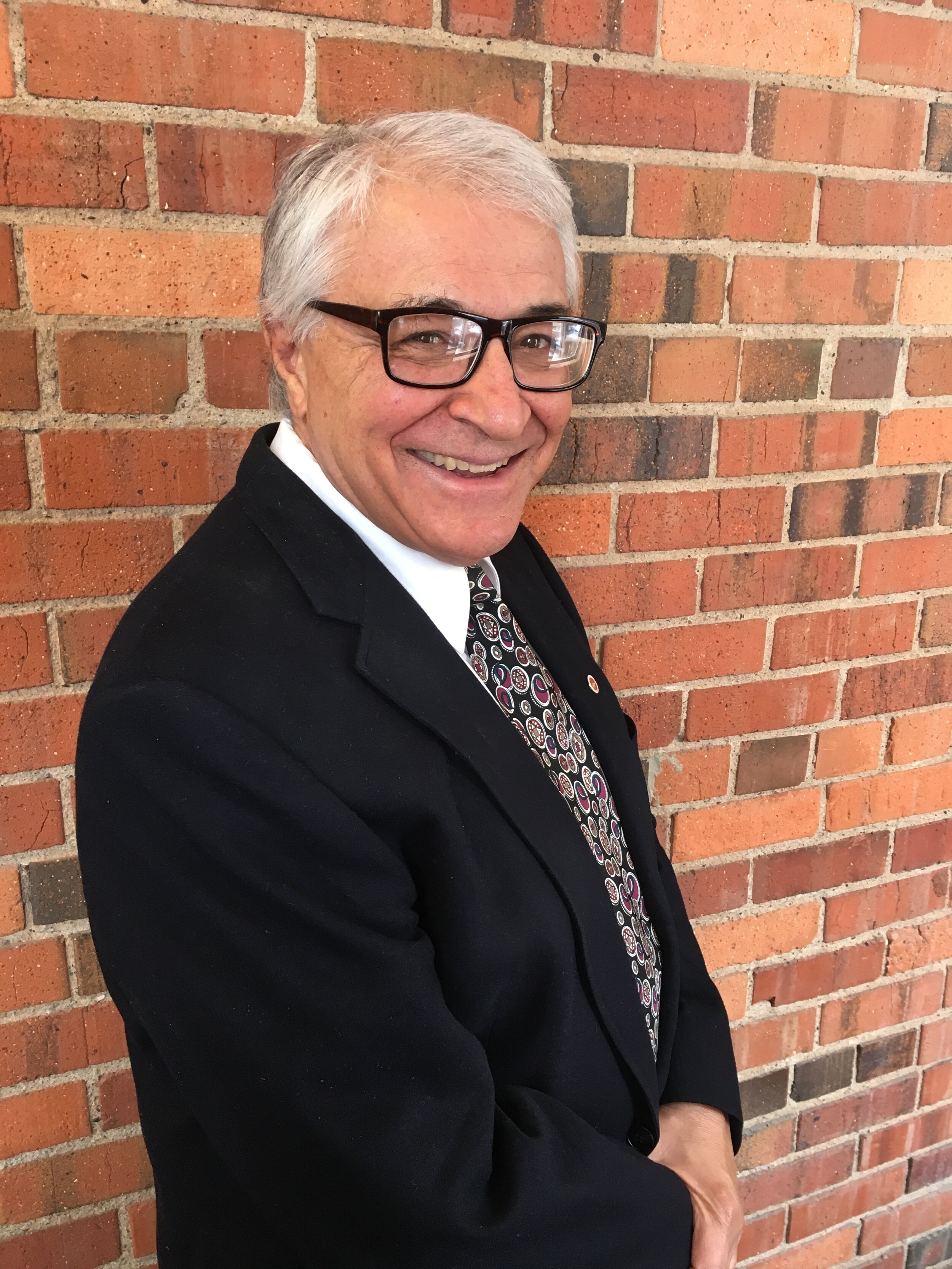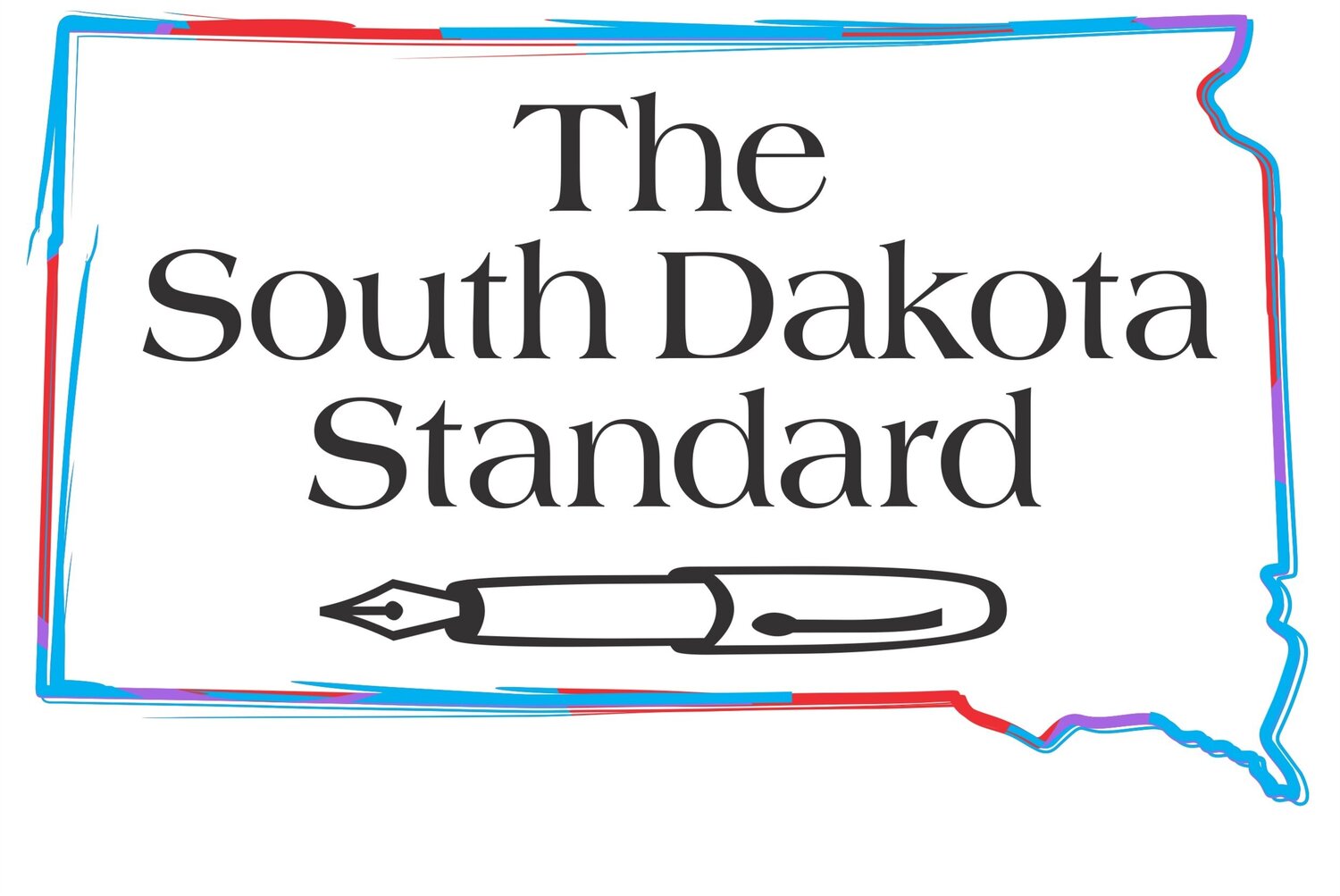Re: Our national parks and museums. As PresidentTrump works to edit history, we must preserve the past
National parks are certainly one of America’s greatest inventions. Yellowstone National Park was the first in the world, created in 1872 when Ulysses S. Grant was president.
Virtually every country in the world has followed our lead and decided that special places deserve to be preserved for future generations. Our National Park Service, which includes national monuments, memorials, historic sites and other designations, encompasses at least 433 locations throughout the country.
South Dakota is blessed with Badlands and Wind Cave National Parks, Jewel Cave National Monument, Missouri National Recreational River, and oh, yes, a place called Mount Rushmore National Memorial, which was the brilliant inspiration of a man who had been affiliated with the Ku Klux Klan.
We have all visited some of these precious landmarks, and hopefully we have learned something about their history, geology and ecology as we perused exhibits and signs and hiked their trails. Unfortunately, President Trump has issued an executive order requiring the National Park Service to scrutinize all public exhibits, signs, websites and videos within its purview and eliminate anything that might present a negative impression of American history.
In particular, any reference to racism or violence must be eliminated. In addition, Trump's ardent MAGA supporters have been encouraged to visit historic sites and report anything that seemed negative to the administration.
I recently visited Little Bighorn Battlefield National Monument in southern Montana, which of course is the beautiful setting where Lt. Col. George Armstrong Custer and his troops met their demise as Native warriors finally retaliated for the centuries of genocide that had been committed against America's original inhabitants. How can historic signs and markers explain the significance of the place without referring to racism and violence?
There is a national historic site commemorating the Sand Creek Massacre in Colorado, and there are a few Japanese internment camps from World War II that are now open to tourists and curious visitors. It would be hard to tell the story of these places without saying anything negative.
There is much to be proud of in our colorful history, but we need to acknowledge the cruelty of the Indian wars, including massacres of unarmed women and children, as well as our legacy of slavery, the violence of the Civil War, discrimination and incarceration of loyal Japanese-Americans during World War II, and other less-than-noble episodes from our past.
Meanwhile, references to Donald Trump’s two impeachments have mysteriously disappeared from the exhibits at the Smithsonian, which displays nearly every significant period of our history as a nation. An edited version was later inserted.
Trump has rescinded the traditional name of our highest mountain (Denali), restoring its earlier name of Mount McKinley. He reveres the legacy of William McKinley, who enacted confiscatory tariffs and became a martyr when he was assassinated in 1901.
While McKinley had no real connection to Alaska, which was still a territory, and probably never visited the tall mountain, we can understand why it was renamed in his honor. More than a century later, it made sense to revive its traditional Native name. For many years, the highest point in South Dakota was Harney Peak, named in honor of a man who participated in massacres of Native people and allegedly beat a slave girl to death before he was in the military. (That would not have been a crime, since the slave girl was his family's property.)
We finally had the good sense to change the name to Black Elk Peak, in honor of a real hero. Will Trump issue an executive order restoring the Harney Peak name? Stay tuned.
There is a grassroots organization called Save Our Signs which is asking volunteers to photograph and videotape all vulnerable exhibits within the jurisdiction of the National Park Service before they are destroyed or removed, to comply with Trump’s executive order. We had better hurry and preserve them before time runs out, in hopes that a more rational administration will restore a sense of honesty and balance to our special places.
Jay Davis of Rapid City is a retired lawyer and frequent contributor to The South Dakota Standard.
Photo: public domain, wikimedia commons
The South Dakota Standard is offered freely and is supported by our readers. We have no political or commercial sponsorship. If you'd like to help us continue our mission to advance independent political and social commentary, you can do so by clicking on the "Donate" button that's on the sidebar to your right.







